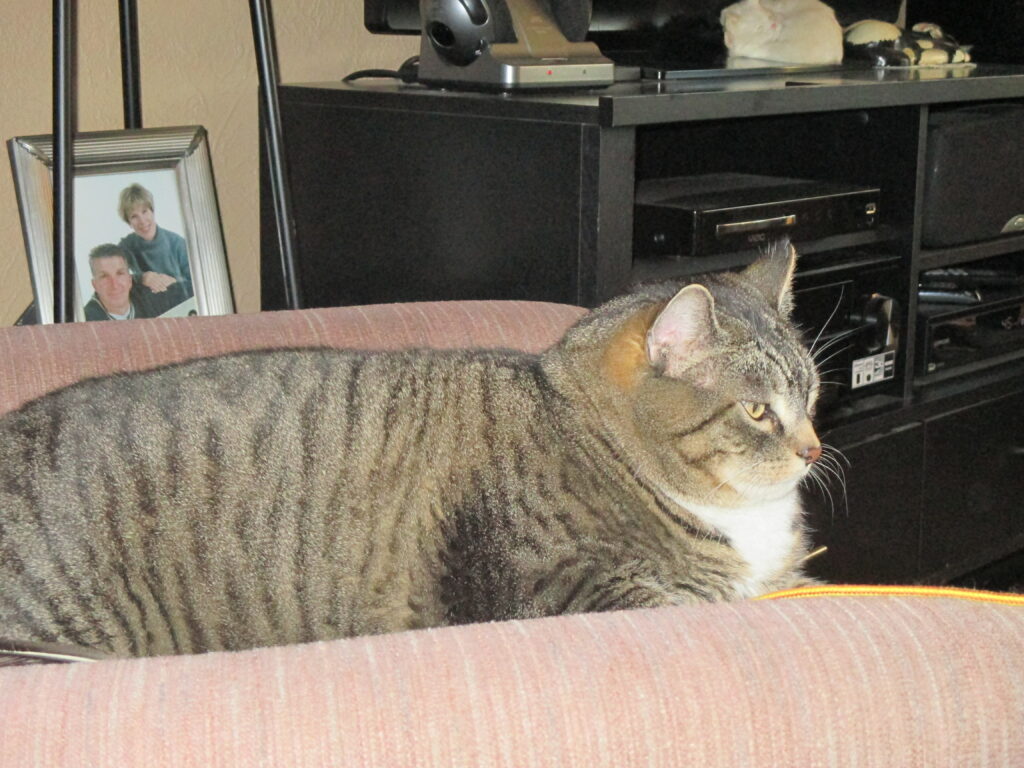When a new character comes on stage, it’s important to describe that person right away.
Writing Tip for Today: Let’s discuss ways to introduce a character.
Enter, Stage Right
Have you ever read a story where a new character comes on stage without any description? Whether we’re aware or not, we automatically want to assign that character some defining detail. If the author doesn’t supply that description right away, our minds will supply our own.
But wait. A few sentences or paragraphs into the scene, the author gets around to telling us what this person is like. Now we have two possibly conflicting images of the character. In my experience, I’ll continue to imagine the person the first way I conjured it—no matter what the author writes.
This is why it’s important to get your character description in at the same place where the person first appears. If you think of this person as a redhead, let readers know in the first sentence. Even more importantly, give details that will clue readers into the scene’s purpose and conflict.
Attitude, Protagonist
When you describe any character, don’t stop at physical description. Remember, your narrator sees others in a certain way. Great that the person has red hair, but that information says nothing about how the narrator perceives the character.
Does the narrator like or dislike the character? Is the narrator suspicious or welcoming? All scenes pit characters against one another in some way to reveal new information and produce a winner and a loser. Use your narrator’s attitudes in describing someone he/she is seeing for the first time on stage.
Describing another character in terms of the narrator’s biases helps readers understand not only the goal but also the motivation. Why this scene with these players? What does the narrator hope to win? If you write, “Fred was waiting for me when I got to the restaurant,” we want to know who Fred is but also why narrator is meeting Fred. Instead maybe, “There stood old carrottop Fred, leaning against the booth like he owned the place.” Now we know more about the narrator’s attitude toward Fred.

Your narrator sees other characters in a particular way.
Dig Deeper
But what if you wrote instead, “My stomach tensed. There stood old carrottop Fred, leaning against the booth like he owned the place—just like back in junior high.” Now we know there’s some history between the two characters, and we also get the feeling that the narrator is apprehensive, that he believes Fred is a bully of some sort and that narrator is about to confront Fred about something.
You can go even further by setting the scene: “I slowed as I neared the run-down café. My stomach tensed. There stood old carrottop Fred, leaning against the booth like he owned the place—just like back in junior high.”
You can go even further by adding the purpose for the meeting. “I slowed as I neared the run-down café. My stomach tensed. Maybe we could talk about my piece of the take some other day. But no. There stood old carrottop Fred, leaning against the booth like he owned the place—just like back in junior high.” By layering in descriptions at the beginning of a new character introduction, readers will feel more grounded and can lose themselves in the scenic drama which unfolds.





